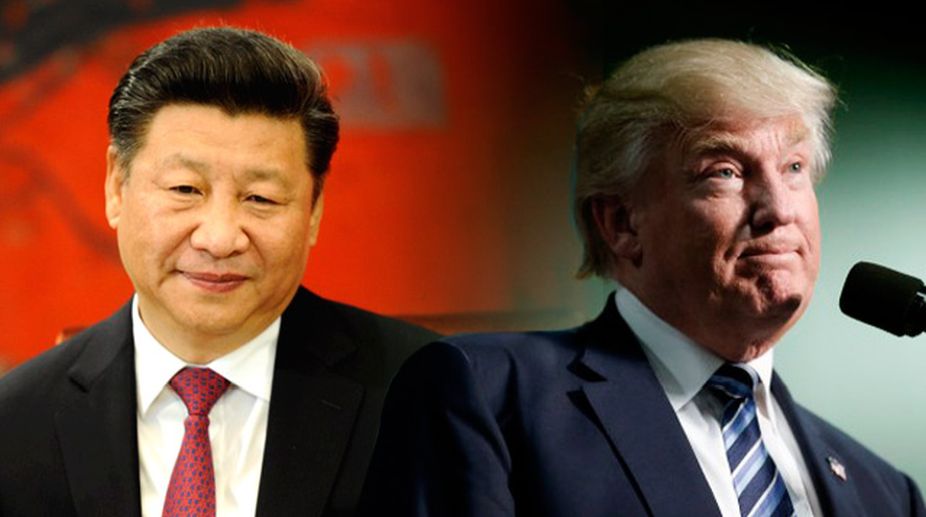Still unexplained
The hunt for the origins of Covid-19 has for the past four years been a tangled web of politics, power struggles, and international finger-pointing.

Representational Image (Photo: Facebook)
The United States of America and China are confronted with a trade crisis. And the semantic quibbling over a looming trade war between the countries has sharpened since Monday when President Xi Jinping’s rule-for-life dispensation imposed retaliatory tariffs of up to 25 per cent on food imports worth $3 billion from America.
Short of declaring a trade war, it is quite obvious that the two countries have targeted one of life’s essentials. In the net, certain items of food, including delicacies, notably fresh and dried fruit, almonds, pistachios and wine will be costlier, having to bear an additional 15 per cent tariff.
Eight other items, including frozen pork, would be subject to a 25 per cent tariff. China’s tit-for-tat economic reprisal is in response to the recent tariffs, announced by Donald Trump, on steel and aluminium. There is little doubt that the US tariffs and China’s counter-measures will almost inevitably destabilise a segment of the economy in either country.
Advertisement
There is much that is at stake. Trump’s China tariffs risk ‘tit-for-tat protectionism’ that threatens the world economy. Xi’s tariffs will serve to exacerbate economic ties. Small wonder that the US tariffs have been debunked in China as what Xinhua calls a “self-defeating gamble”.
The tariffs are bound to hurt Beijing. Yet the damage will be done at the expense of enormous American interests. Beyond a tariff versus tariff equation, it is direly imperative for the two powerful nations to engage in an essay to resolve issues through negotiations and dialogue… of which there has been little or no evidence in recent weeks.
Both countries represent the world’s two largest economies. Cooperation, therefore, is the only rational option. Sad to reflect that on occasion, rationality lies rather thin on the ground in international relations.
Markedly, China’s tariffs do not cover some of America’s largest exports to the country such as soyabean. This would suggest that Beijing wants to avoid an “all-out trade war”. The amount subject to tariff is not big, which once again shows that China is willing to ease the intensity of the trade conflict that was started by the US.
The general perception in Beijing is that while “Trump gave us a heavy shot, China is giving a light shot back”. Whatever the intensity of the “shot”, it shall not be easy for either country to recover from the economic jolt that they have suffered.
With US-China ties at a low, the countries are likely to keep struggling over trade. Even if this conflict can be eased, it seems unlikely that the normal situation ~ whatever the subjective reflections in Washington and Beijing ~ will be enduring. Given the drift in international relations, bouts of more trade wars cannot be ruled out. Trade history is in turmoil.
Advertisement